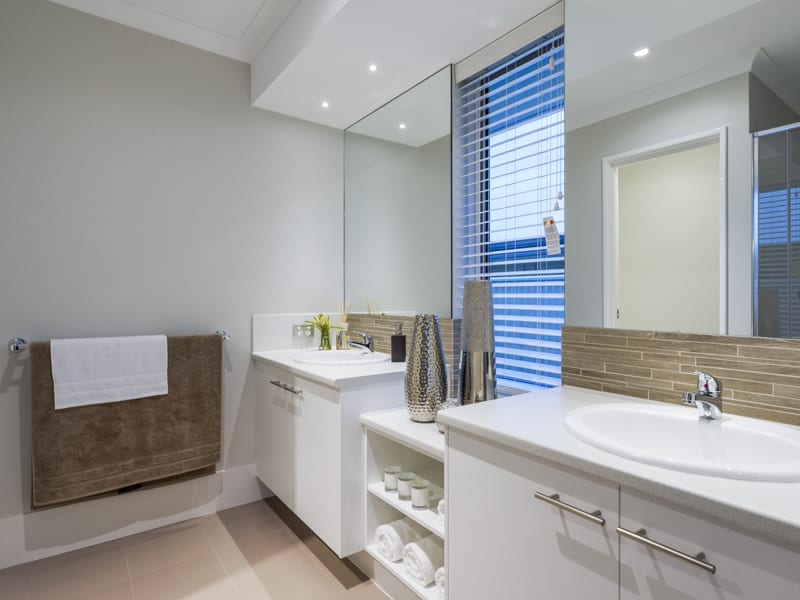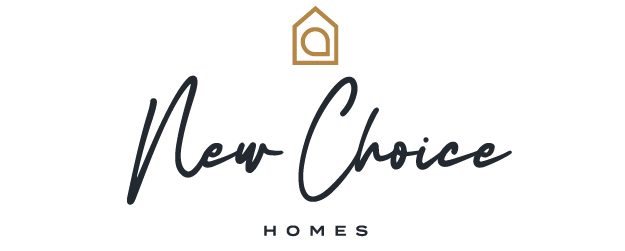
Bathrooms are one of the most used and important rooms when you are looking at building or buying a new home.
It’s also one of the costliest rooms to build and operate – for both you and the environment – unless you take some simple steps.
Making sure you have made the best use of water saving products, eco-building materials and environmentally friendly cleaning and body products, will go a long way to a healthier bathroom.
Building green
If you are building a new home, or renovating your existing bathroom, choose natural eco friendly materials such as ceramic or recycled glass tiles, recycled timbers and bamboo or natural stone. Build It Back Green say that while higher in embodied energy, concrete is a great material for flooring as it stores and releases heat (thermal mass); a must for good passive solar design, particularly in colder climates.
Polished concrete floors are becoming more and more popular and they look stunning, with a variety of finishes and colourings available. There are a large range of tiles to choose from and they come in a variety of types including ceramic, slate, terracotta, brick and pavers.
Talk with your tile supplier to find out how and where the tiles are sourced, to look at their environmental impact.
A water-efficient toilet & shower head
In times gone by there were no dual flush toilets and no water saving shower heads. We didn’t think about these things. Now, we have access to so many options which will save water and your pocket.
To start with, install a water-efficient toilet to reduce your water usage and drastically decrease your water bill. An old-fashioned single flush toilet uses about 11 litres per flush, while modern dual-flush toilets in general use three litres for the short flush and six litres for the long flush. (Some use as little as 4.5 litres for the long flush.)
According to sustainability experts, Build It Back Green, a water-efficient showerhead costs the same as a conventional one but saves hundreds of dollars in water bills and often has additional features. A 4-star rated showerhead uses 7 litres per minute, while the conventional uses 15 litres per minute.
Water-saving showerheads make a huge difference to both water and energy use. As a significant percentage of your energy bill is also from heating water in the bathroom, it makes sense that by reducing your water use, you reduce your energy bills at the same time.
Windows
A window is a natural mould preventer and air freshener. It also makes us feel better when we can breathe in some fresh air. Make sure your bathroom windows can be opened to let out smells and condensation – opening the window uses less energy than an extractor fan and improves air quality.
Lighting
If you haven’t already switched over to LED lighting, now’s the time. Lighting is vital in design and decoration of any space. It’s one of the most important aspects of function, particularly in a bathroom and also can make or break the mood of a room.
Gone are the days where eco-friendly lighting was ugly and difficult to find. There are more and more ways to achieve the best for your home and our environment without compromising on style.
Natural light is still the best source of lighting. and making sure you consider this in the design of your bathroom and use of your space is an important first step. But of course, there’s a point in every day where we need to turn to artificial lighting.
LED globes can last up to 60,000 hours (up to 50 years based on 2- 3 hours per day or normal daily use) and CFL’s can last up to 15,000 hours. The standard incandescent globe lasts just 2000 hours on average, so whilst they are cheaper, they last much less time and therefore end up not as efficient for your pocket or the planet.
